Moving Through a Churn-SIAM Interview
We sit down with Prashant Banerjee, ED, SIAM, to talk about some of the challenges facing the industry, and how to overcome them.
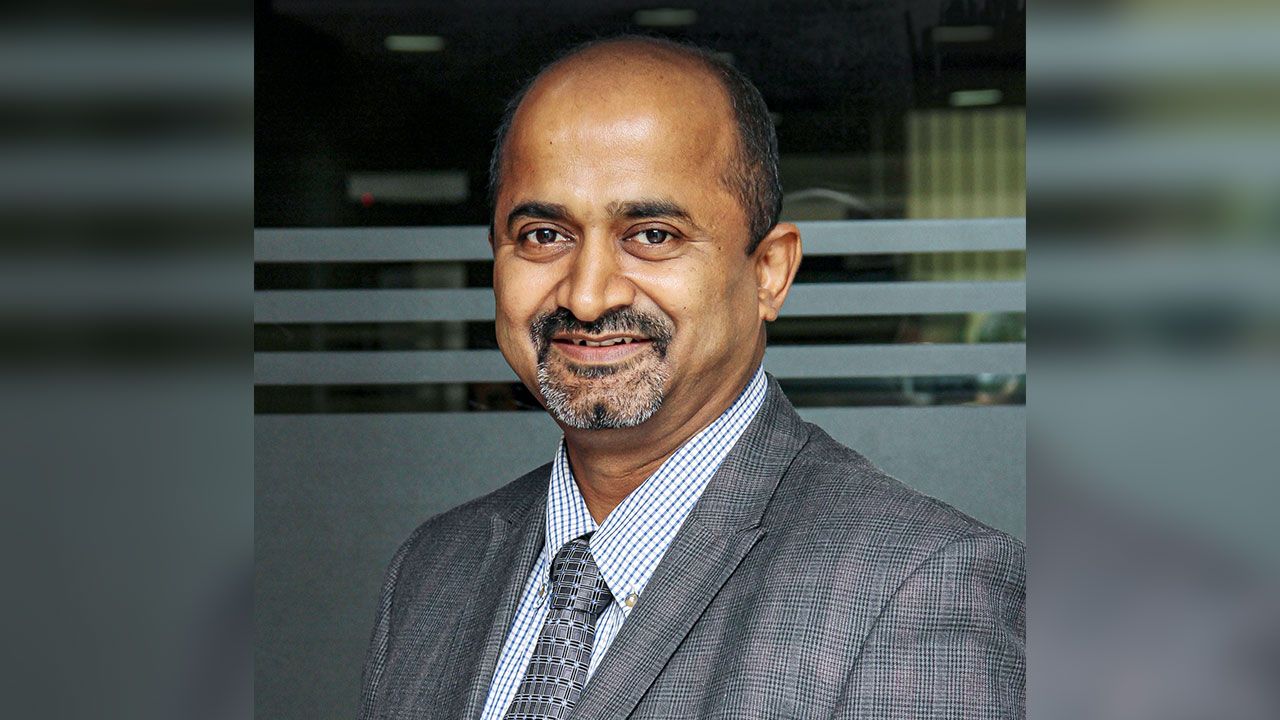
You have a wealth of experience in the engineering field in the automotive industry. In your mind, what are the biggest engineering challenges facing the industry today?
I think the entire world is seeing the disruption of mobility transforming into a service – not a product, but a service. With sustainability as a priority, every action we perform, from design to usage, must have sustainability at its core.
Hybrids have been back in the news recently. Do you think that hybrids have an important role to play, along with EVs, in this sustainable future?
I think if you see the sustainable journey of growth of the automobile industry, every option has a role to play. And, as we are now getting into Bharat Stage 7, I think multi-fuel options and multi-powertrain options will have their role to play. Depending on the national priorities, national constraints and local situations, people have to look at specific options in regards to what is available to them, and what is affordable, safe and environmentally benign.
One of the requests for the industry over the years has been consistency of regulation from the government. Do you think that we have reached a point where we have the level of consistency that is required?
If you see, we have been requesting for a very transparent, consistent and stable policy regime, with very clear milestones before us. We are very happy to share that the COP26 milestones of 45% carbon intensity reduction or the Panchamrit target of India to become a Viksit Bharat by 2047, or India to be Net Zero by 2070, these are the very clear milestones which our Hon'ble Prime Minister has set. This has resulted in the industry and all other stakeholders aligning their priorities with this. And this is what is needed! In this VUCA world (Volatility, Uncertainty, Complexity and Ambiguity), this is our North Start and beacon of hope.
In Europe recently, we’ve seen a lot of these very aggressive EV mandates either being rolled back or put on hold. How much flexibility should there be when setting targets such as these?
As I said before, the mobility ecosystem is seeing a disruption and transformation. This is because, on the one hand, we have an urgency of ecological disaster mitigation, or perhaps containment. And at the other end of the spectrum is the ground reality of available energy, affordability and customer preferences. And in a geopolitical conflicting scenario, every country has its own aspiration and priorities. So, this entire amalgamation and mix of juxtaposed positions of various factors does pose a challenge. But, nonetheless, within these complexities people and national governments have to set priorities. The UK, for example, has deferred its 2030 target of going all electric – they have deferred to 2035. Germany, if you see, is also struggling because I think customers are finding it difficult to wholeheartedly accept these new powertrain options. But the EU parliament has not yet relented on its rigid position. But it is a reality that everybody has to adjust to the changing preferences and realities. So, we have to wait and watch. But I’m happy that the Indian government under able leadership of Hon'ble Prime Minister are very firm in their climate commitment. The US has backed out twice on the international protocols, but India is the only country which is going ahead with its commitments.
Whose responsibility should it be to set up a charging infrastructure?
Out of the 12 priorities which the Parliamentary committee has identified for the expansion of electric vehicles, I think charging infrastructure comes in as the second most important criteria after the cost of acquisition. But, of course, we have a federal structure with a state and central relationship, wherein most of the electricity boards are state controlled. So, I think it’s a big challenge, because you have land laws & building bylaws, and we have a land acquisition issue. So, it is complex. Even the Government of India has tried to simplify this, and the power ministry has come up with multiple guidelines. But, still, I think we are far from overcoming these challenges because historically our power situation is different in different states, and high-power transformer capacities are also a challenge. Infrastructure upgradation takes time. So, we are moving through that churn, and I hope we can manage it.
----
Bio
P K Banerjee
P K Banerjee has a wealth of engineering experience in the Indian automotive sector. He has been with the Society of Indian Automobile Manufacturers (SIAM) for over 15 years, where he is currently the Chief Executive Director.
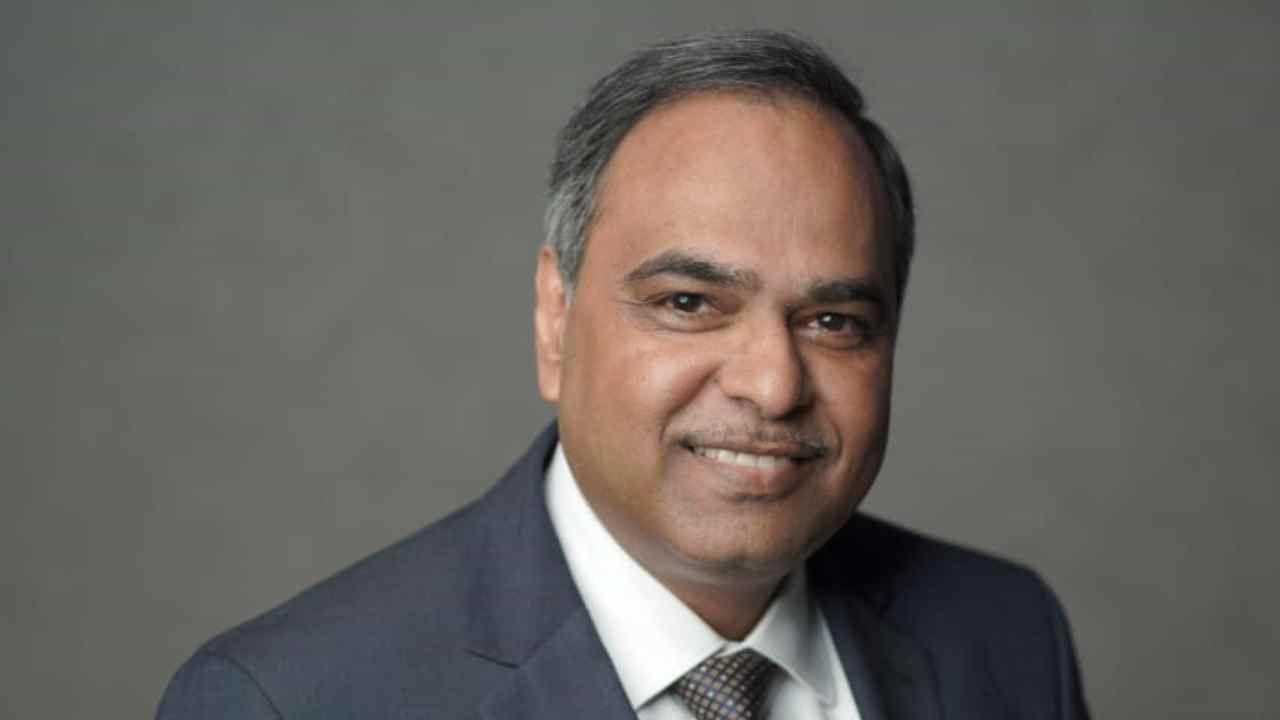
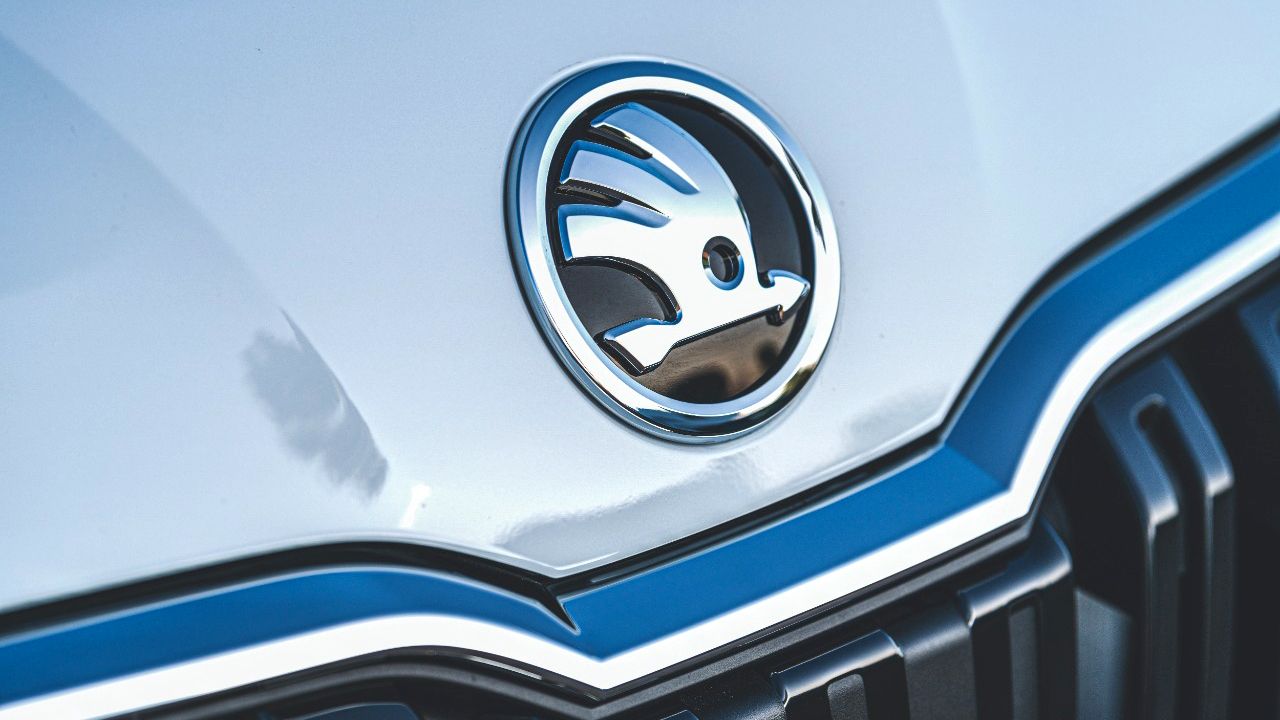
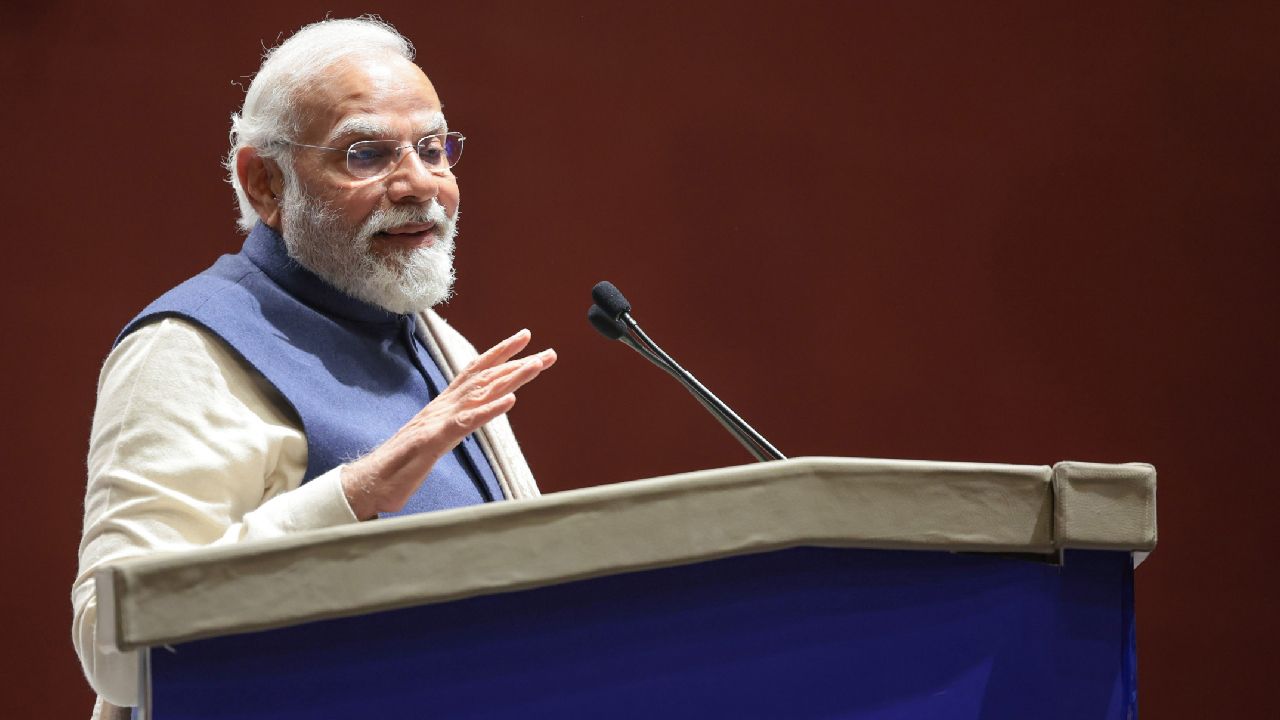
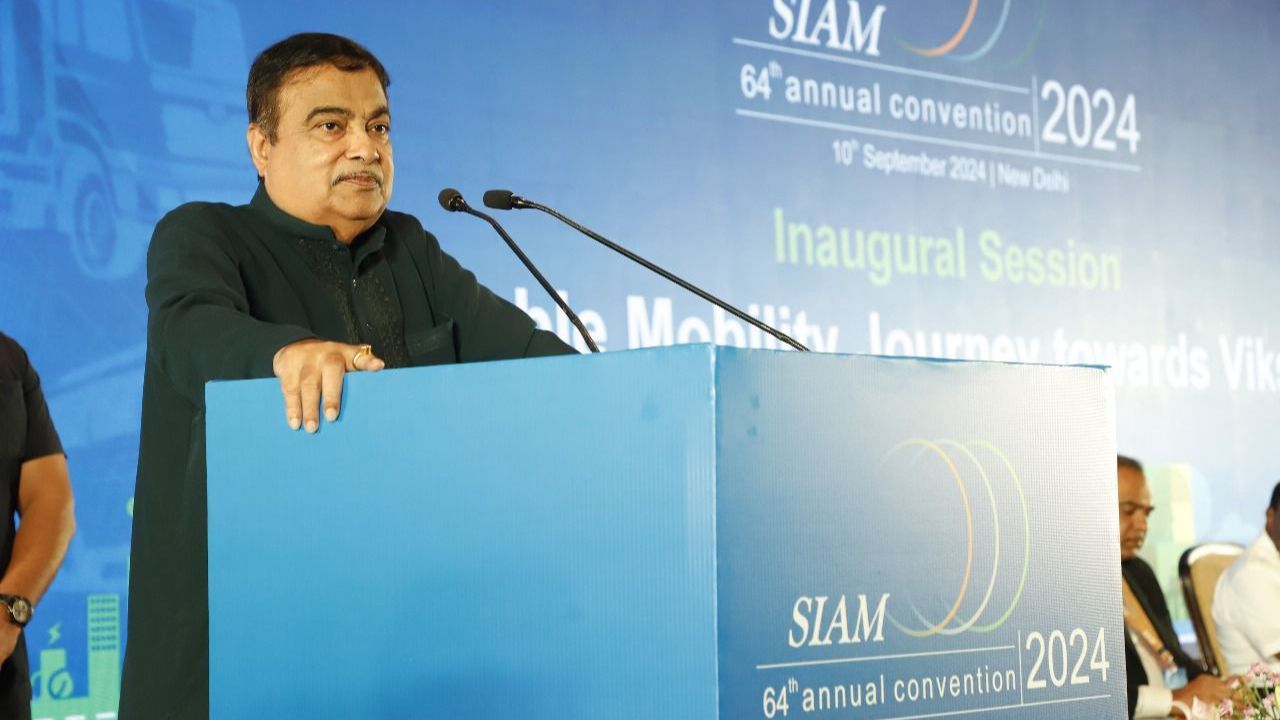



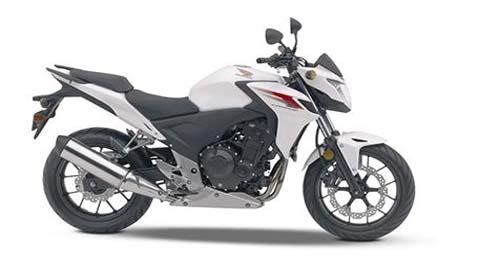
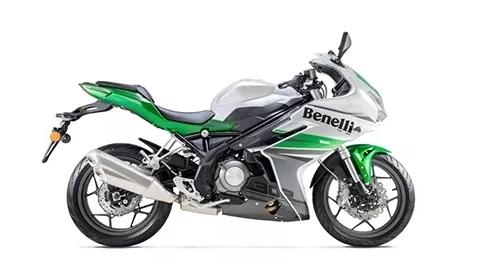
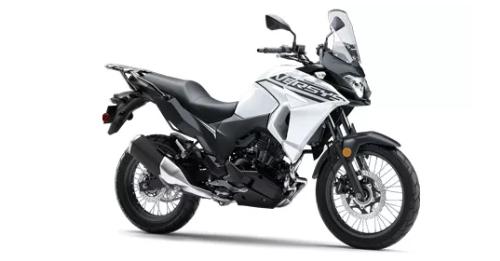
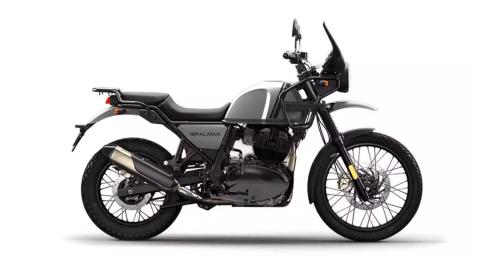
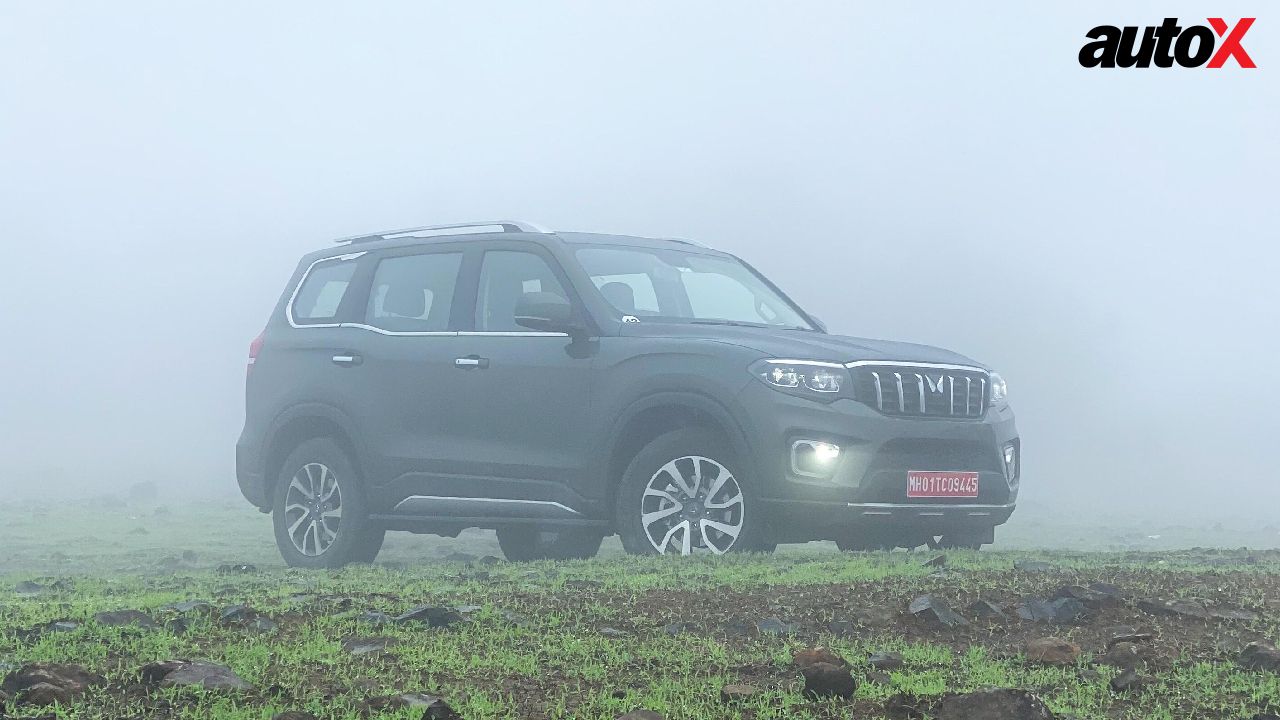
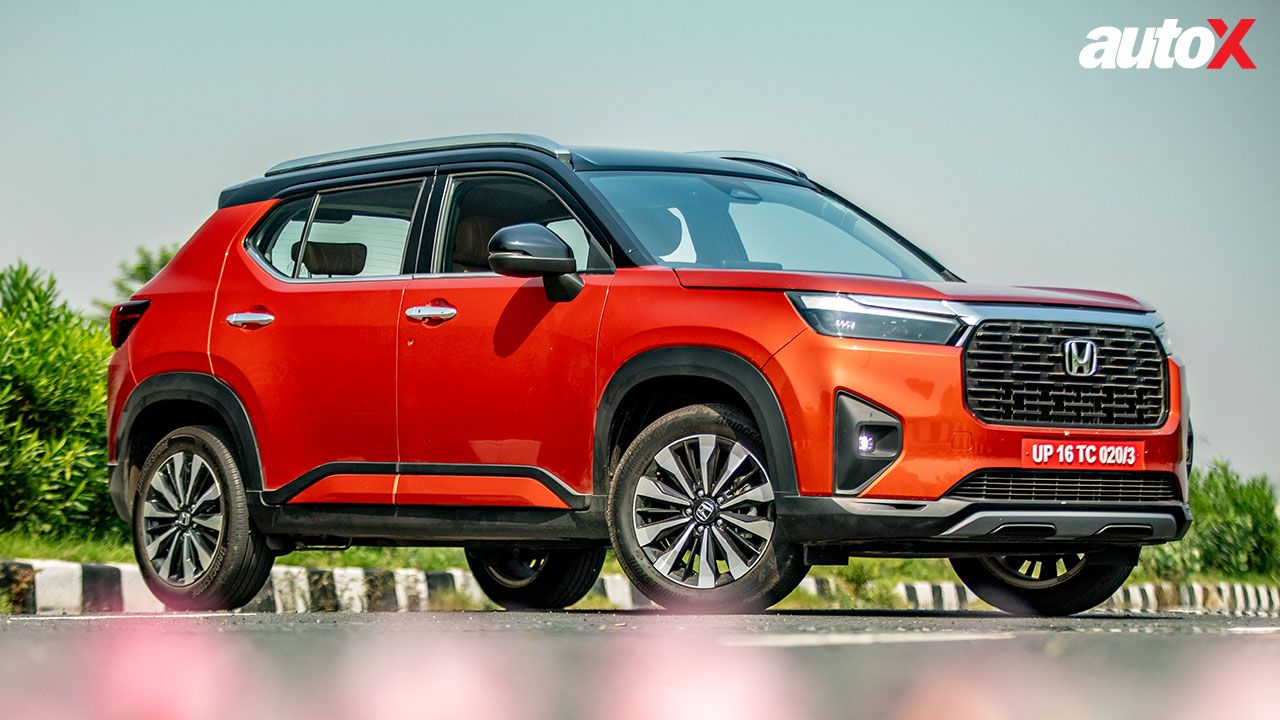
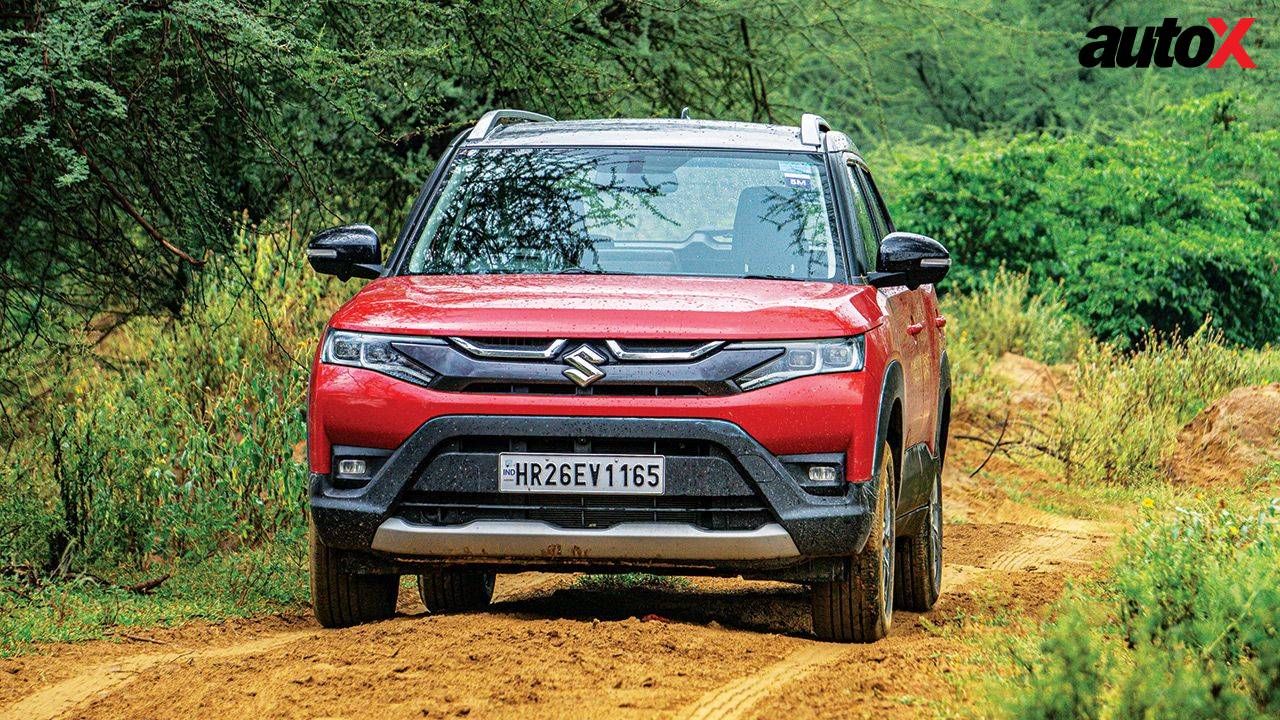
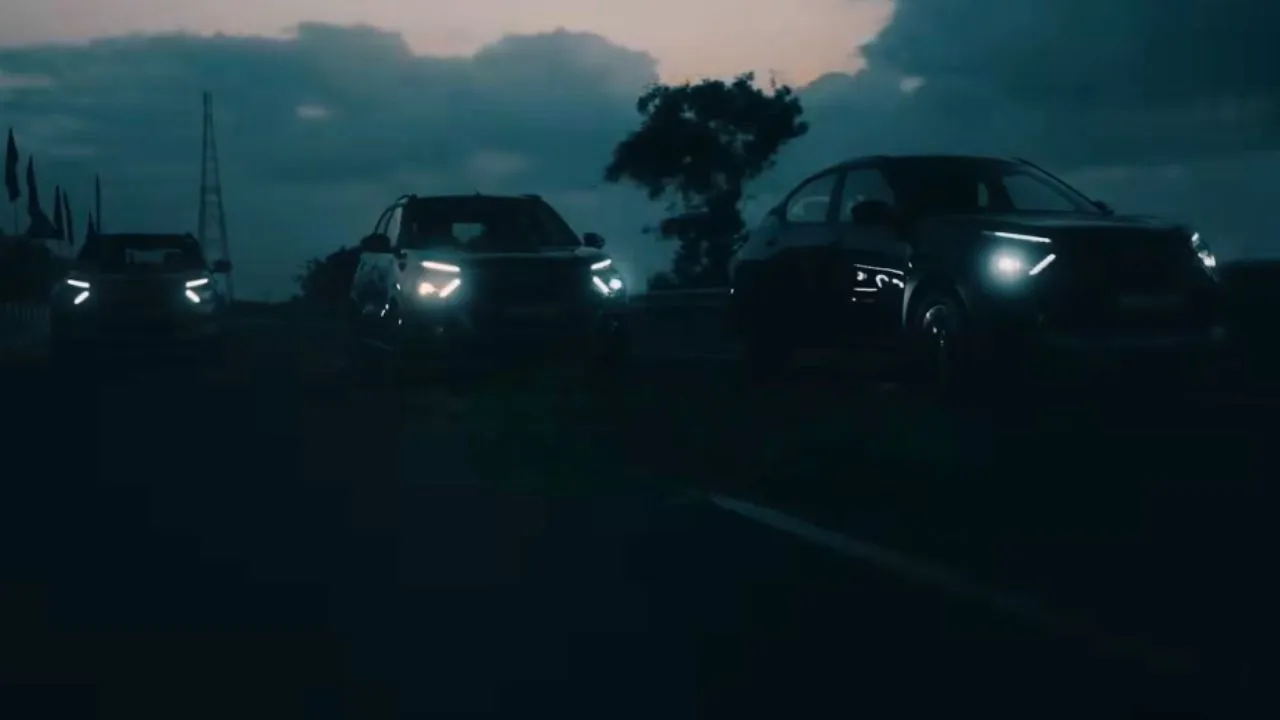
.webp)
Write your Comment on